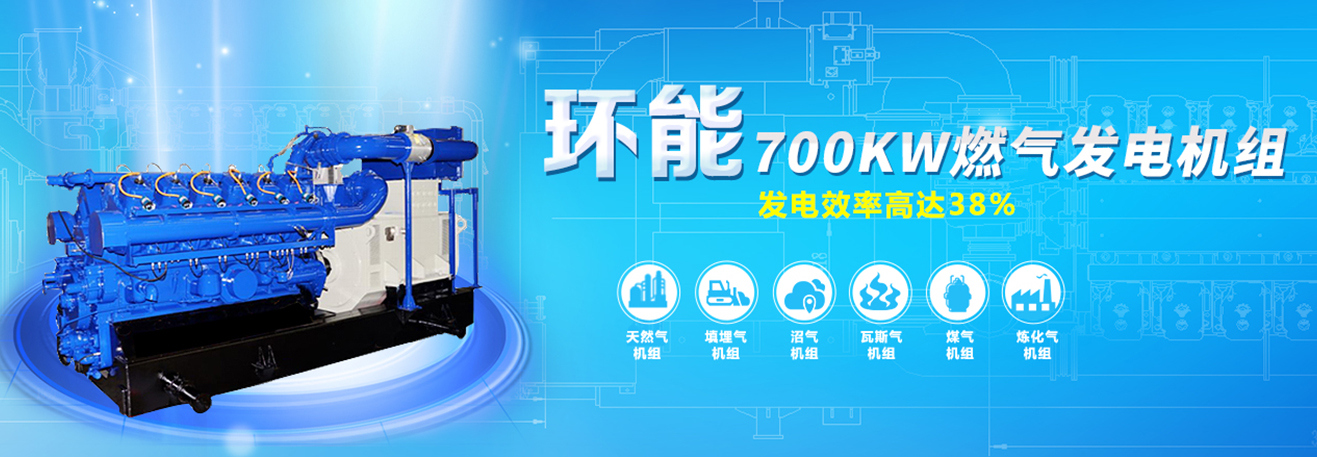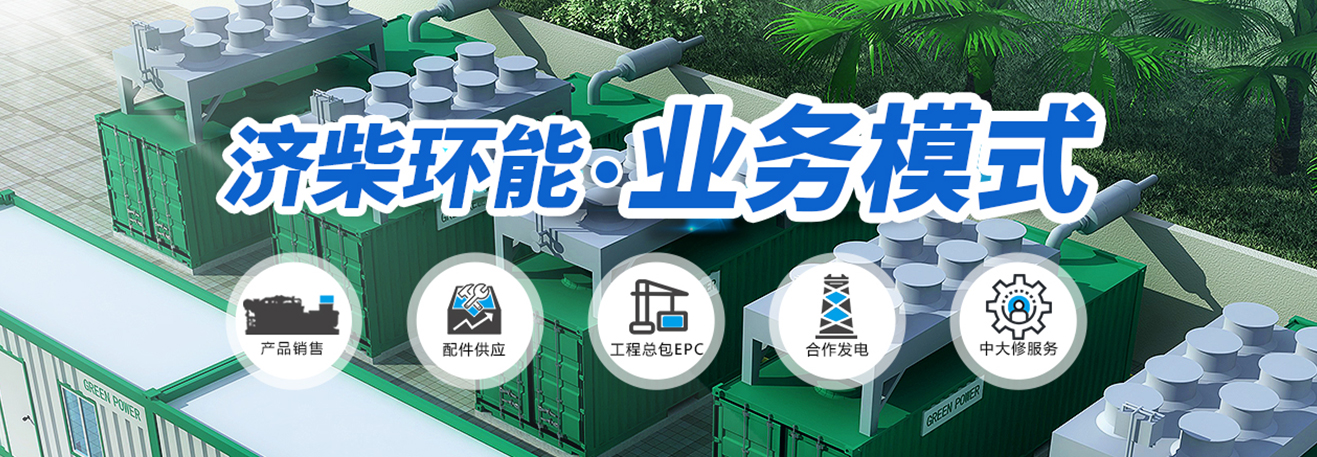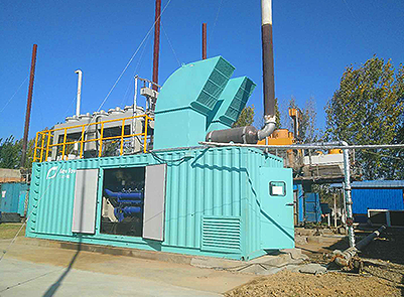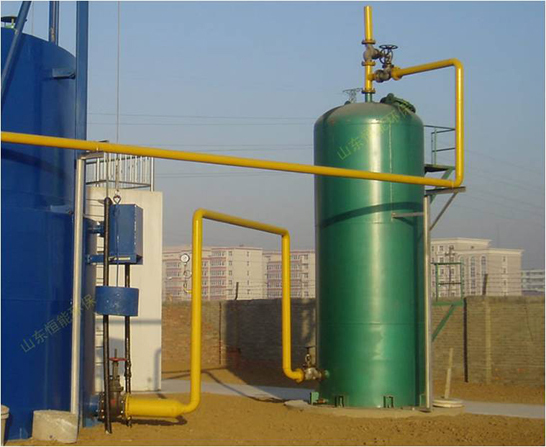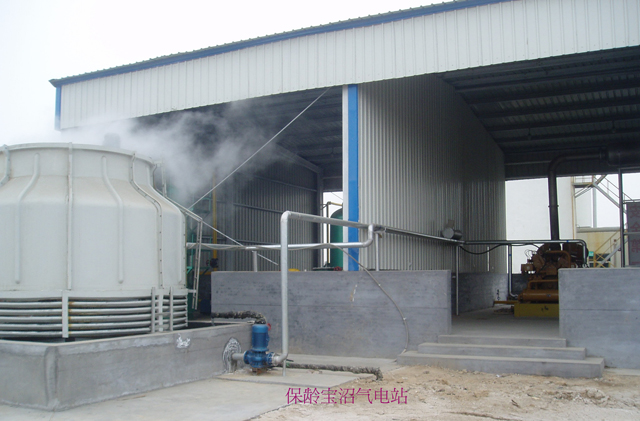焦化煤氣能發(fā)電技術(shù)組成及運行
在以往生產(chǎn)焦炭的工藝流程中,絕大多數(shù)的項目沒有回收利用焦化煤氣,不是采取火炬頭排空燃燒,就是直接放散,不僅造成了資源的嚴重浪費,對環(huán)境也產(chǎn)生了巨大的污染。在山西、陜西和內(nèi)蒙古的一些產(chǎn)焦地區(qū),大氣污染已經(jīng)達到了觸目驚心、無法忍受的程度,如何能夠有效利用煉焦伴生煤氣資源,對于中國的可持續(xù)發(fā)展是一個非常重要的課題,它不僅僅是治理環(huán)境污染,更主要的是節(jié)約資源,提高能源利用效率,解決目前的電力、煤炭供應(yīng)緊張局面,維持國家社會和經(jīng)濟的持續(xù)發(fā)展。
In the process of coke production in the past, most of the projects didn't recycle the coking gas. Either the flare head was used for emptying and burning, or it was directly released, which not only caused a serious waste of resources, but also caused great pollution to the environment. In some coking areas of Shanxi, Shaanxi and Inner Mongolia, the air pollution has reached an alarming and intolerable level. How to effectively use the coal gas resources associated with coking is a very important subject for China's sustainable development. It is not only to control environmental pollution, but also to save resources, improve energy efficiency and solve the current power problem The supply of coal is in short supply, so as to maintain the sustainable development of the country's society and economy.
一邊是資源的大量揮霍和環(huán)境的急遽惡化,一邊是資源供應(yīng)的大限即將臨至,為此國務(wù)院發(fā)展研究已經(jīng)建議國家將節(jié)約資源與環(huán)境保護計劃列入基本國策,國務(wù)院主持的國家中長期能源發(fā)展規(guī)劃中也確立“節(jié)能優(yōu)先”的宗旨,要落實這一決策,有效回收利用焦化煤氣是一項必不可少的工作。
The development research center of the State Council has proposed that the state should include the plan of resource conservation and environmental protection into the basic national policy. The national medium and long-term energy development plan presided by the State Council has also established the purpose of "energy conservation priority". It is necessary to implement this decision and effectively recycle coke Gasification of coal gas is an essential work.
焦化煤氣發(fā)電目前可以利用的設(shè)備主要是傳統(tǒng)的種用鍋爐和蒸汽輪機的技術(shù)結(jié)合;以氣體為燃料的燃氣內(nèi)燃機兩種,用戶可以根據(jù)項目的實際操作情況和現(xiàn)場條件進行選擇。
At present, the equipment that can be used in coking gas power generation is mainly the combination of traditional seed boiler and steam turbine technology; there are two kinds of gas-fired internal combustion engine, which users can choose according to the actual operation situation and site conditions of the project.
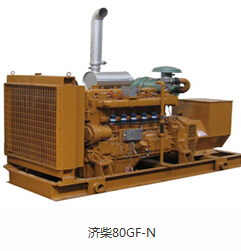

鍋爐+蒸汽輪機:這是一個非常傳統(tǒng)的技術(shù),也是大家比較熟悉的工藝方式,它是采用鍋爐來直接燃燒焦化煤氣,將煤氣的熱能通過鍋爐內(nèi)的管束把水轉(zhuǎn)換為蒸汽,利用蒸汽推動蒸汽輪機再驅(qū)動發(fā)電機發(fā)電。系統(tǒng)的主要設(shè)備是燃氣燃燒器、鍋爐、化學(xué)水系統(tǒng)、給水系統(tǒng)、蒸汽輪機、冷凝器、冷卻塔、發(fā)動機變壓器和控制系統(tǒng),工藝流程比較復(fù)雜。它的優(yōu)點是:對于燃料氣體要求比較低,只要燃氣燃燒器能夠承受的氣體,一般都可以適應(yīng),燃氣只需要有限的壓力,因而燃氣處理系統(tǒng)投資比較簡單;但缺點是:工藝復(fù)雜,建設(shè)周期比較長、難以再移動,必須消耗大量的水資源,占地比較多,能源利用率較低。
Boiler + steam turbine: This is a very traditional technology, and it is also a familiar process. It uses the boiler to directly burn the coking gas. The heat energy of the gas is converted into steam through the tube bundle in the boiler, and the steam is used to drive the steam turbine to drive the generator to generate electricity. The main equipment of the system is gas burner, boiler, chemical water system, water supply system, steam turbine, condenser, cooling tower, engine transformer and control system, and the process flow is relatively complex. Its advantages are: relatively low requirements for fuel gas, as long as the gas burner can bear the gas, generally can adapt, gas only needs limited pressure, so the gas treatment system investment is relatively simple; but the disadvantages are: the process is complex, the construction cycle is relatively long, it is difficult to move, must consume a lot of water resources, occupy more land, and have a low energy utilization rate.
焦化氣燃氣內(nèi)燃機:簡單說就是通過使焦爐氣在機器內(nèi)部燃燒,將其放出的熱量推動活塞運動,驅(qū)動發(fā)電機進行發(fā)電的過程,相比傳統(tǒng)方式其優(yōu)點是:運行可靠,結(jié)構(gòu)簡單、緊湊,較小,整套發(fā)電機組可以組裝在一個大型集裝箱中,比之燃煤或燃氣鍋爐占地要少,節(jié)省基建投資;設(shè)備對水、電消耗較少,燃氣輪機耗水極少,甚至可以不用水,許多機組可以無電源起動,因此適用于缺水、缺電的地區(qū),再者燃氣內(nèi)燃機具有啟???,自動化程序高的特點。
Coker gas-fired internal combustion engine: in a simple way, the process of burning coke oven gas inside the machine will drive the piston to move and drive the generator to generate electricity. Compared with the traditional method, its advantages are: reliable operation, simple structure, compact and small size. The whole generator set can be assembled in a large container, which occupies less land than the coal-fired or gas-fired boiler, It can save capital construction investment; the equipment consumes less water and electricity, and the gas turbine consumes little or no water. Many units can start without power supply, so it is suitable for areas with water shortage and power shortage. Moreover, the gas-fired internal combustion engine has the characteristics of fast start-up and stop and high automation procedure.
它的缺點是:燃燒低熱值燃料時,機組功率下降明顯,余熱回收方式比較復(fù)雜,需要頻繁更換機油和火花塞,運維成本較高,排放相對較高,可能需要補充脫硫脫硝設(shè)備,增加投資成本,在余熱不回收的情況下需要冷卻系統(tǒng)。
Its disadvantages are: when burning low calorific value fuel, the unit power decreases significantly, the waste heat recovery method is relatively complex, frequent oil and spark plug replacement are required, the operation and maintenance cost is high, and the emission is relatively high. It may be necessary to supplement the desulfurization and denitrification equipment, increase the investment cost, and need the cooling system when the waste heat is not recovered.
 在線咨詢
在線咨詢 官方二維碼
官方二維碼




 當(dāng)前位置:
當(dāng)前位置: 2020.09.12
2020.09.12
